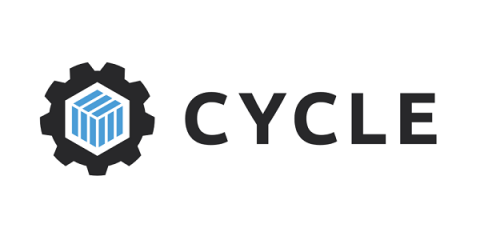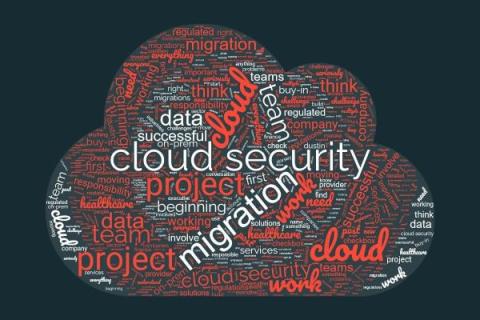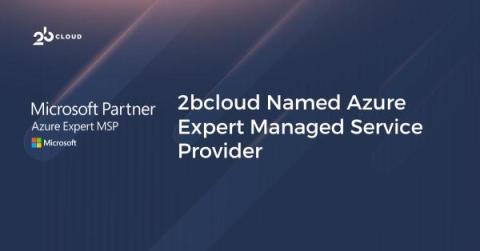Navigating Multi-Cloud Environments: Managing Deployments with Ease
Multi-cloud seems like an obvious path for most organizations, but what isn’t obvious is how to implement it, especially with a DevOps centric approach. For Cycle users, multi-cloud is just something they do. It’s a native part of the platform and a standardized experience that has led to 70+% of our users consuming infrastructure from more than 1 provider.











